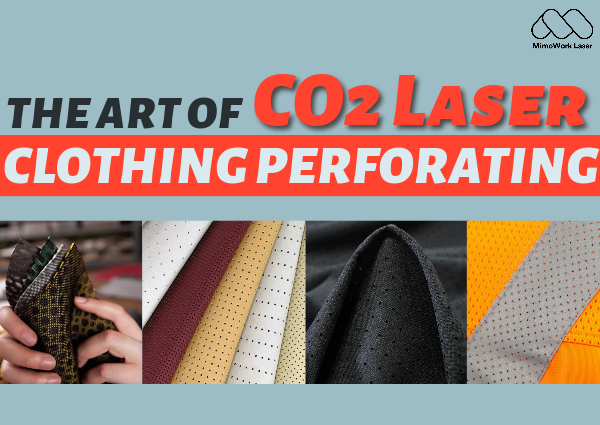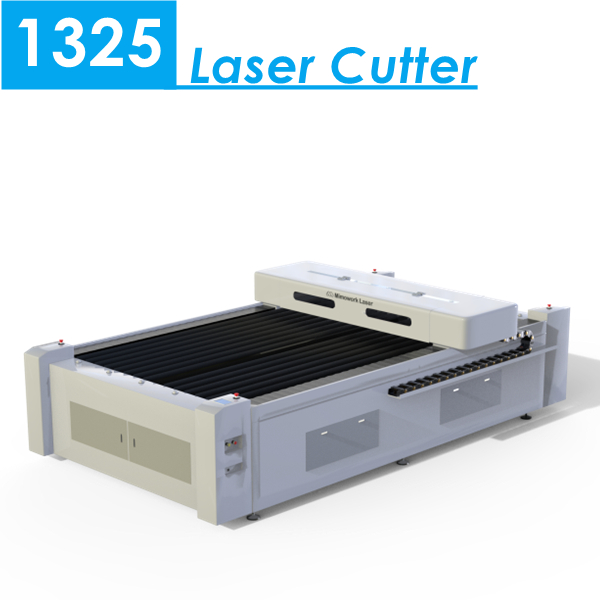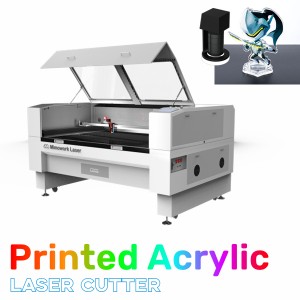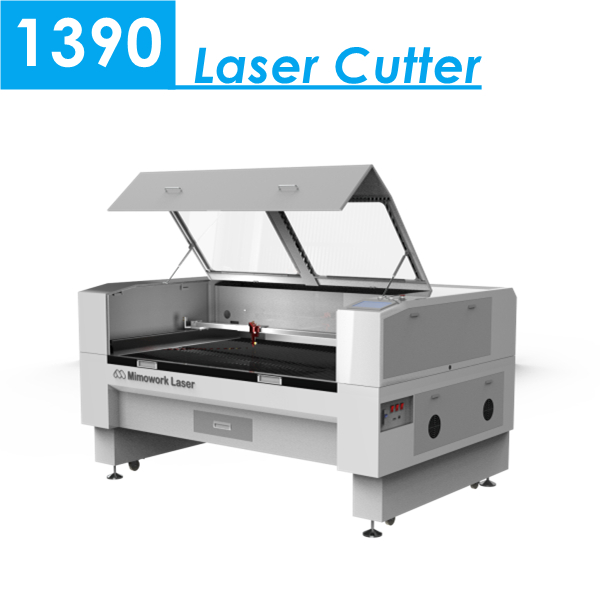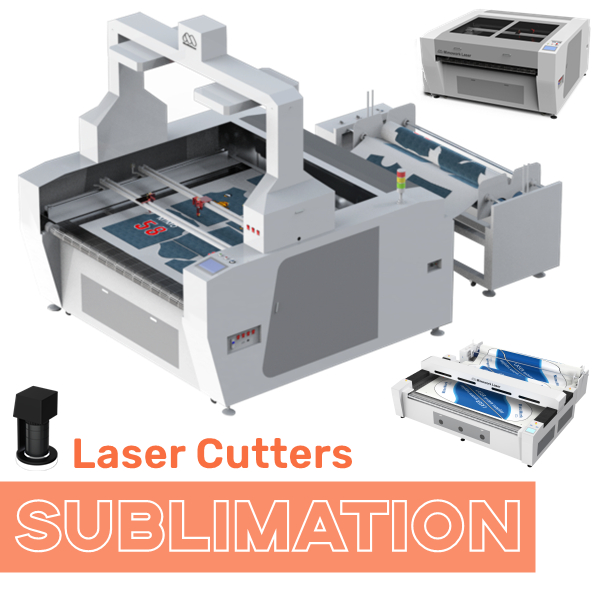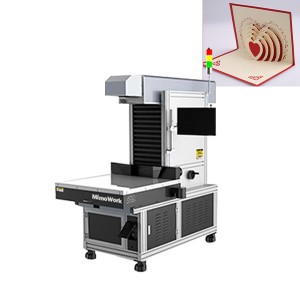How Does a CO2 Laser Work: Concise Explanation
A CO2 laser works by harnessing the power of light to cut or engrave materials with precision. Here's a simplified breakdown:
The process begins with the generation of a high-energy laser beam. In a CO2 laser, this beam is produced by exciting carbon dioxide gas with electrical energy.
The laser beam is then directed through a series of mirrors that amplify and focus it into a concentrated, high-powered light.
The focused laser beam is directed onto the material's surface, where it interacts with the atoms or molecules. This interaction causes the material to heat up rapidly.
For cutting, the intense heat generated by the laser melts, burns, or vaporizes the material, creating a precise cut along the programmed path.
For engraving, the laser removes layers of material, creating a visible design or pattern.
What sets CO2 lasers apart is their ability to deliver this process with exceptional precision and speed, making them invaluable in industrial settings for cutting various materials or adding intricate details through engraving.
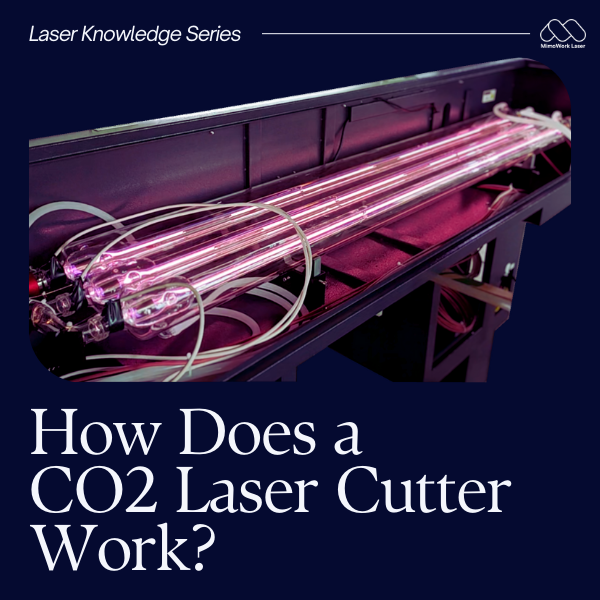
In essence, a CO2 laser cutter harnesses the power of light to sculpt materials with incredible accuracy, offering a swift and precise solution for industrial cutting and engraving applications.
How Does a CO2 Laser Work?
Brief Rundown of this Video
Laser cutters are machines that use a powerful beam of laser light to cut through various materials. The laser beam is generated by exciting a medium, such as a gas or crystal, which produces concentrated light. Then it is then directed through a series of mirrors and lenses to focus it into a precise and intense point.
The focused laser beam can vaporize or melt the material it comes into contact with, allowing for precise and clean cuts. Laser cutters are commonly used in industries such as manufacturing, engineering, and art for cutting materials like wood, metal, plastic, and fabric. They offer advantages like high precision, speed, versatility, and the ability to create intricate designs.
How Does a CO2 Laser Work: Detailed Explanation
1. Generation of Laser Beam
At the heart of every CO2 laser cutter is the laser tube, which houses the process that generates the high-power laser beam. Inside the sealed gas chamber of the tube, a mixture of carbon dioxide, nitrogen and helium gases is energized by an electrical discharge. When this gas mixture is excited in this way, it reaches a higher energy state.
As the excited gas molecules relax back down to a lower energy level, they release photons of infrared light with a very specific wavelength. This stream of coherent infrared radiation is what forms the laser beam capable of precisely cutting and engraving a variety of materials. The focus lens then shapes the massive laser output into a narrow cutting point with the precision needed for intricate work.
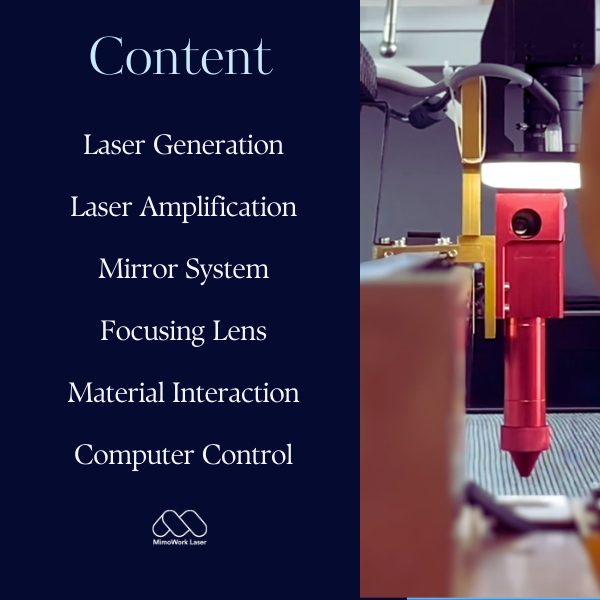
2. Amplification of Laser Beam
How Long will a CO2 Laser Cutter Last?
After the initial generation of infrared photons inside the laser tube, the beam then goes through an amplification process to boost its power to useful cutting levels. This occurs as the beam passes multiple times between highly reflective mirrors mounted at each end of the gas chamber. With each roundtrip pass, more of the excited gas molecules will contribute to the beam by emitting synchronized photons. This causes the laser light to grow in intensity, resulting in an output that is millions of times greater than the original stimulated emission.
Once sufficiently amplified after dozens of mirror reflections, the concentrated infrared beam exits the tube ready to precisely cut or engrave a wide variety of materials. The amplification process is crucial to strengthening the beam from a low-level emission to the high power required for industrial fabrication applications.
3. Mirror System
How To Clean And Install Laser Focus Lens
After amplification within the laser tube, the intensified infrared beam must be carefully directed and controlled to fulfill its purpose. This is where the mirror system fulfills a crucial role. Within the laser cutter, a series of precision-aligned mirrors work to transmit the amplified laser beam along the optical path. These mirrors are designed to maintain coherence by ensuring all waves are in phase, thus preserving the beam's collimation and focus as it travels.
Whether guiding the beam toward the target materials or reflecting it back into the resonating tube for further amplification, the mirror system plays a vital part in delivering the laser light where it needs to go. Its smooth surfaces and exact orientation relative to other mirrors are what allow the laser beam to be manipulated and shaped for cutting tasks.
4. Focusing Lens
Find Laser Focal Length Under 2 Minutes
The final crucial component in the laser cutter's optical pathway is the focusing lens. This specially designed lens precisely directs the amplified laser beam that has traveled via the internal mirror system. Made from specialized materials like germanium, the lens is able to converge the infrared waves leaving the resonating tube with an extremely narrow point. This tight focus enables the beam to reach welding-grade heat intensities needed for various fabrication processes.
Whether scoring, engraving, or cutting through dense materials, the ability to concentrate the laser's power at micron-scale precision is what delivers versatile functionality. The focusing lens therefore plays the important role of translating the vast energy of the laser source into a usable industrial cutting tool. Its design and high quality are vital for accurate and reliable output.
5-1. Material Interaction: Laser Cutting
Laser Cut 20mm Thick Acrylic
For cutting applications, the tightly focused laser beam is directed onto the target material, typically metal sheets. The intense infrared radiation is absorbed by the metal, causing rapid heating at the surface. As the surface reaches temperatures exceeding the boiling point of metal, the small interaction area vaporizes quickly, removing concentrated material. By traversing the laser in patterns via computer control, whole shapes are gradually sliced away from sheets. Precise cutting allows intricate parts to be fabricated for industries like automotive, aerospace and manufacturing.
5-2. Material Interaction: Laser Engraving
LightBurn Tutorial for Photo Engraving
When performing engraving tasks, the laser engraver positions the focused spot onto the material, usually wood, plastic or acrylic. Instead of fully cutting through, a lesser intensity is used to thermally modify the top surface layers. The infrared radiation raises temperatures below the point of vaporization but high enough to char or discolor pigments. By repetitively toggling the laser beam on and off while rastering in patterns, controlled surface images such as logos or designs are burned into the material. Versatile engraving allows permanent marking and decoration on a diversity of items.
6. Computer Control
To perform precise laser operations, the cutter relies on computerized numerical control (CNC). A high-performance computer loaded with CAD/CAM software allows users to design intricate templates, programs, and production workflows for laser processing. With a connected acetylene torch, galvanometers, and focusing lens assembly - the computer can coordinate the laser beam's movement across workpieces with micrometer accuracy.
Whether following user-designed vector paths for cutting or rastering bitmap images for engraving, real-time positioning feedback ensures the laser interacts with materials exactly as specified digitally. Computer control automates complex patterns that would be impossible to replicate manually. It greatly expands the laser's functionality and versatility for small-scale manufacturing applications that require high-tolerance fabrication.
The Cutting Edge: What Can a CO2 Laser Cutter Tackle?
In the ever-evolving landscape of modern manufacturing and craftsmanship, the CO2 laser cutter emerges as a versatile and indispensable tool. Its precision, speed, and adaptability have revolutionized the way materials are shaped and designed. One of the key questions enthusiasts, creators, and industry professionals often ponder is: What can a CO2 laser cutter actually cut?
In this exploration, we unravel the diverse materials that succumb to the laser's precision, pushing the boundaries of what's possible in the realm of cutting and engraving. Join us as we navigate the spectrum of materials that bow to the prowess of the CO2 laser cutter, from commonplace substrates to more exotic options, unveiling the cutting-edge capabilities that define this transformative technology.
>> Check Out the Complete List of Materials
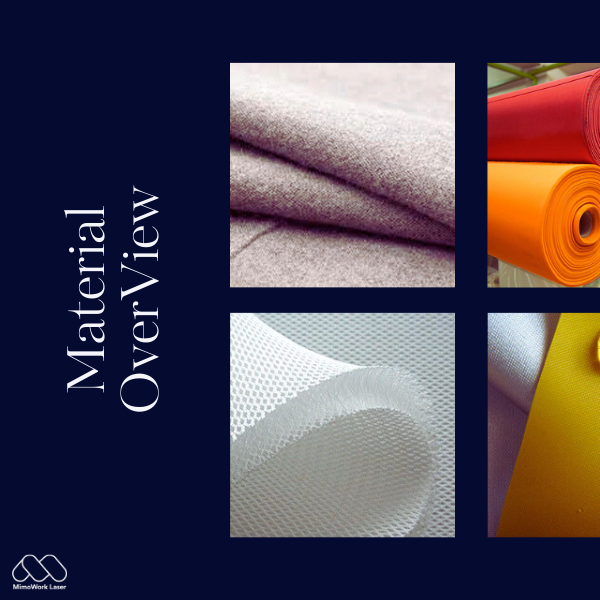
Here are Some Examples:
(Click on Sub-titles for More Information)
As an enduring classic, denim cannot be considered a trend, it will never go in and out of fashion. Denim elements have always been the classic design theme of the clothing industry, deeply loved by designers, denim clothing is the only popular clothing category in addition to the suit. For jeans-wearing, tearing, aging, dying, perforating and other alternative decoration forms are the signs of the punk, and hippie movement. With unique cultural connotations, denim gradually became cross-century popular and gradually developed into a worldwide culture.
The Fastest Galvo Laser Engraver for Laser Engraving Heat Transfer Vinyl will get you a big leap in productivity! Cutting vinyl with laser engraver is the trend in making apparel accessories, and sportswear logos. High speed, perfect cutting precision, and versatile materials compatibility, helping you with laser cutting heat transfer film, custom laser cut decals, laser cut sticker material, laser cutting reflective film, or others. To get a great kiss-cutting vinyl effect, the CO2 galvo laser engraving machine is the best match! Unbelievably the whole laser cutting htv took only 45 seconds with the galvo laser marking machine. We updated the machine and leaped cutting and engraving performance.
Whether you are looking for a foam laser cutting service or thinking of investing in a foam laser cutter, it's essential to get to know more about CO2 laser technology. The industrial use of foam is constantly being updated. Today's foam market is composed of many different materials used in a wide range of applications. To cut high-density foam, the industry is increasingly finding that laser cutter is very suitable for cutting and engraving foams made of polyester (PES), polyethylene (PE), or polyurethane (PUR). In some applications, lasers can provide an impressive alternative to traditional processing methods. In addition, custom laser-cut foam is also used in artistic applications, such as souvenirs or photo frames.
Can you laser cut plywood? Of course yes. Plywood is very suitable for cutting and engraving with a plywood laser cutter machine. Especially in terms of filigree details, non-contact laser processing is it's characteristic. The Plywood panels should be fixed on the cutting table and there is no need to clean up debris and dust in the work area after cutting. Among all the wooden materials, plywood is an ideal option to choose since it has strong but lightweight qualities and is a more affordable option for customers than solid timbers. With relatively smaller laser power required, it can be cut as the same thickness of solid wood.
How Does a CO2 Laser Cutter Work: In Conclusion
In summary, CO2 laser cutting systems utilize precision engineering and control techniques to harness the massive power of infrared laser light for industrial fabrication. At the core, a gas mixture is energized within a resonating tube, generating a stream of photons that are amplified via countless mirror reflections. A focusing lens then channels this intense beam into an extremely narrow point capable of interacting with materials on a molecular level. Combined with computer-directed movement via galvanometers, logos, shapes, and even entire parts can be etched, engraved or cut out from sheet goods with micron-scale accuracy. Proper alignment and calibration of components like mirrors, tubes and optics ensures optimal laser functionality. Overall, the technical achievements that go into managing a high-energy laser beam enable CO2 systems to serve as remarkably versatile industrial tools across many manufacturing industries.

Don't Settle for Anything Less than Exceptional
Invest in the Best
Post time: Nov-21-2023



